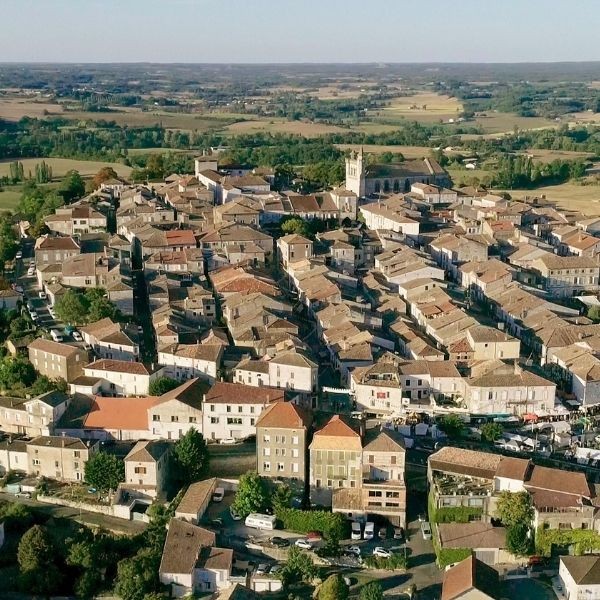A little bit of History
In 120 years, 400 to 500 bastide towns were being built. We can consider this as one of the major events in the history of the South-West.
Where does the word “bastide” come from?
In Languedoc, the word Bastide designates a construction ; then it took, by extension, the meaning of “city under construction, new”. It was also used to name a new district added to an old city. The word bastide therefore does not have the same meaning in the South-West of France as in the South-East.
The historical context
Between 1220 and 1370, the South-West was shared between the French and the English: the Capetians and the Plantagenets created nearly 300 new towns, the bastides, where only scattered settlements existed. It is in Lot-et-Garonne that we find the most of them today: around forty! Most of the bastides were built during the period of peace preceding the Hundred Years' War, between 1230 and 1350.
Raimond VII, founder of the bastides
Raimond VII founded around forty bastides for political and financial reasons. He notably owned a vast lordship called County of Toulouse: this today corresponds to the departments of Haute-Garonne, some fragments of Ariège, Gers, Tarn-et-Garonne and northern Tarn. The aim of his policy was to group together land through purchases or exchanges, establishing there a population that risked emigrating to neighboring lordships if he did not offer them a place to live. He thus strengthened his power and increased his resources: royalties in money and in kind from the cultivation of land, profits from justice and rights of banality. The inhabitants also benefited: they received land that they could cultivate. They had materials, wood and quarries for possible constructions. They were also safer and enjoyed the benefits of having the protection of a powerful lord.
Alphonse de Poitiers
Alphonse de Poitiers, Count of Toulouse in 1249, continued Raimond's action, but he did not found bastides without prior investigations into the merits of his rights. Thus, he inquired about the owner of the land and the date of obtaining the title, the advantages and disadvantages which could result from the foundation of a new bastide... Certain projects were suspended or abandoned, because their foundations went against the rights of local lords. When Alphonse de Poitiers considered he could follow up on a request for an association of lords, he applied a pariage (or paréage) contract to the foundations of bastides. This type of text is at the origin of most bastides: several people pool their property and their rights in a town or in a given territory, in return for an equal sharing of costs and profits: a true "society for the 'joint exploitation'. In these contracts, Alphonse provided the guarantee of his authority, security and powerful financial means. Its associates, Cistercian monasteries, bishops, local lords, provided the land and, most often, the rights of jurisdiction. At a time when land was the main source of wealth, Alphonse of Poitiers thus increased his useful estate and his income at little cost.
To find out more, visit the Bastide Museum !
Sources :
- Comment se sont créées les bastides du Sud-Ouest de la France, d'Odon de Saint-Blanquat (1949)
- le site patrimoinmonflanquin.free.fr de M. Georges Odo
- Chroniques de Montflanquin, de Sylvie Wojciechowski
Crédit photo : Lezbroz





